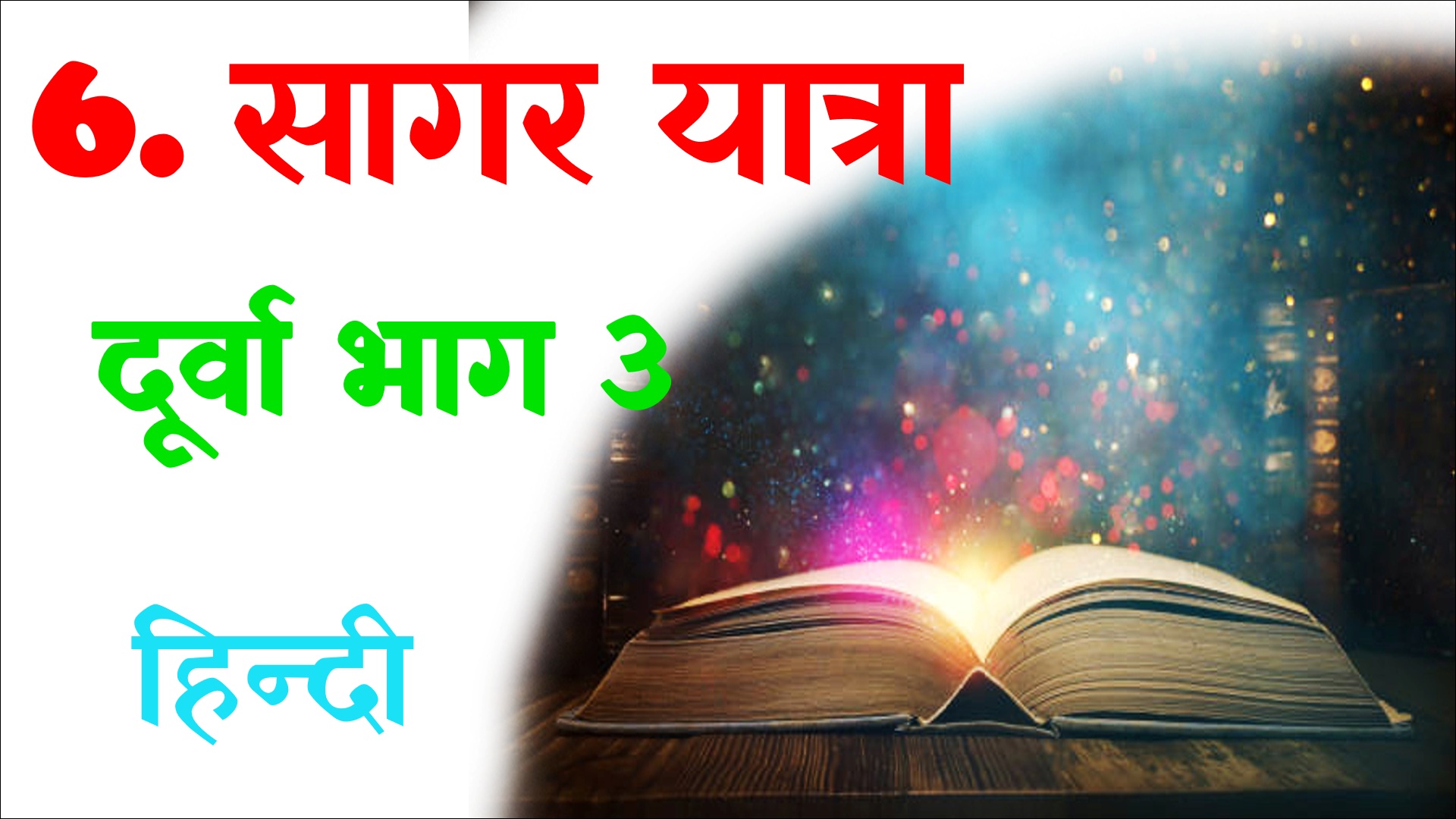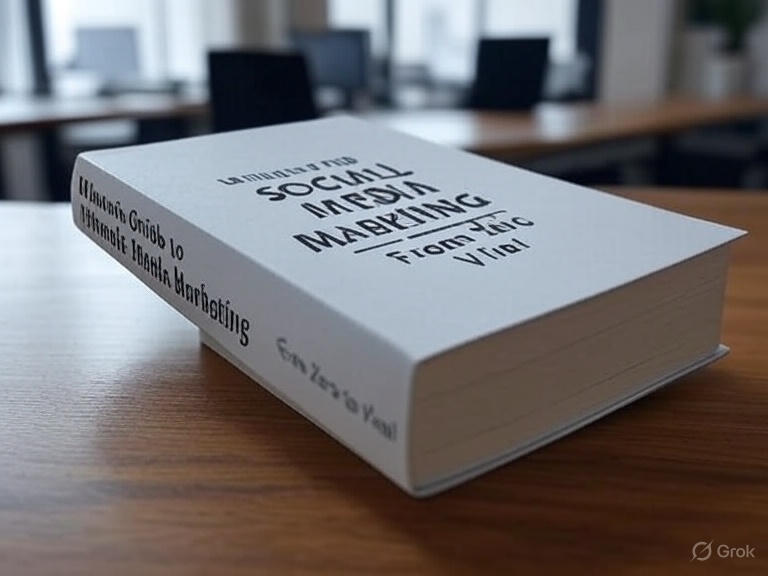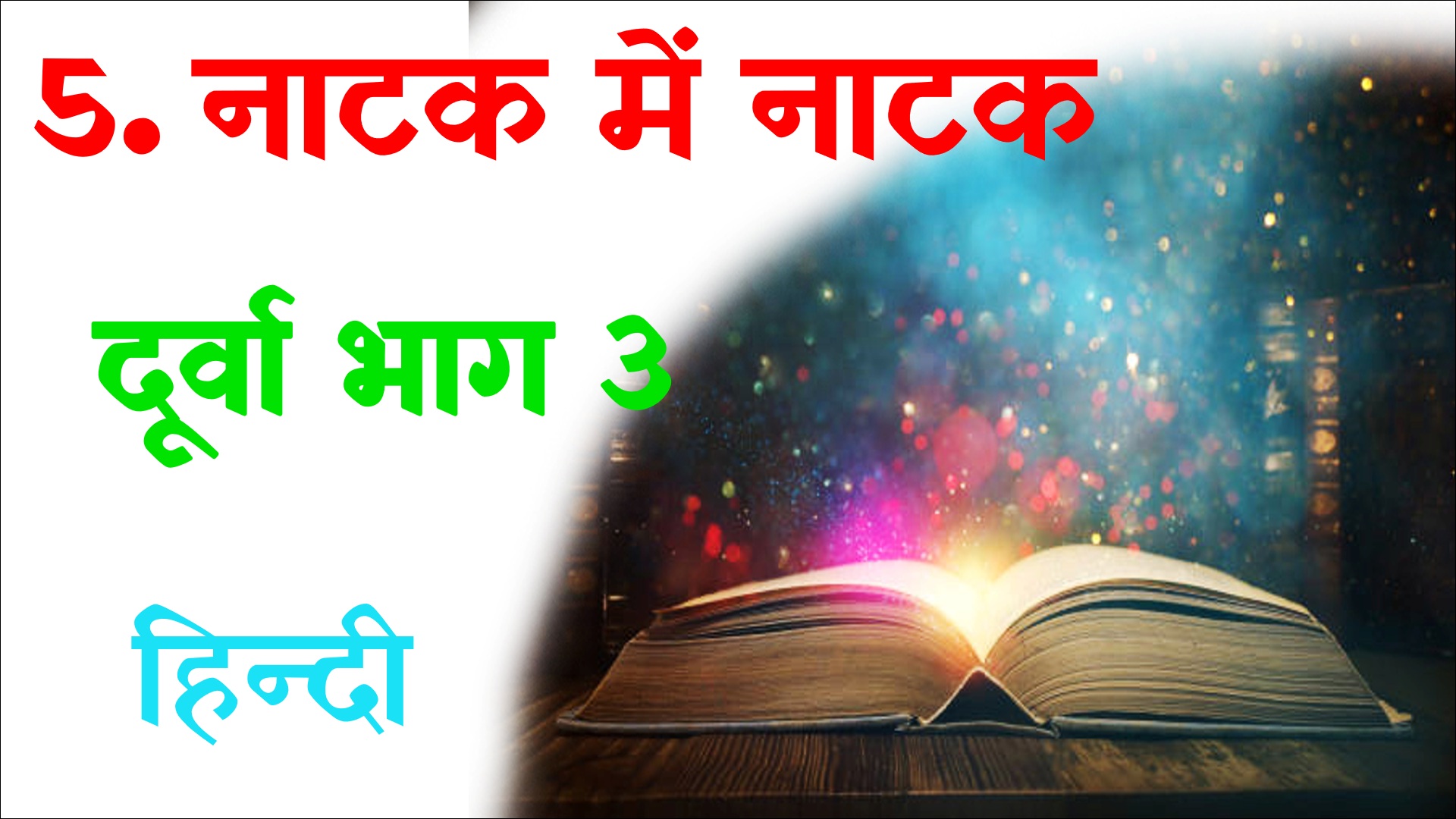यहाँ NCERT कक्षा 8 के हिन्दी के दूर्वा भाग 3 के पाठ 6 सागर यात्रा के व्याख्या काे पढ़ने जा रहे हैंं, जिसके लेखक टी.सी.एक चौधरी है। Sagar Yatra Class 8 Hindi Vyakhya

पाठ-6
सागर यात्रा
दस भारतीयों ने मिलकर एक नौका में दुनिया का चक्कर लगाया था । उस नौका का नाम ‘तृष्णा’ था । यह पहला ऐसा भारतीय अभियान था जो विश्व यात्रा पर निकला था । उसी दल के एक सदश्य की यात्रा का वर्णन के कुछ अंश दिखाए गए हैं ।
नौका पर जीवन-
नौका पर जीवन अति व्यवस्त था । वह कहते हैं कि नौका पर जो इंसान अपना जीवन बिताता है उन्हें बिल्कुल भी समय नहीं मिलता है । वह कहते हैं कि हमारे पास स्वच्छता की व्यवस्था नहीं थी लेकिन तृष्णा के चक्का 24 घंटे संभालने के लिए हमेशा एक आदमी की जरूरत थी । हम हर घंटे चक्का संभालने का काम एक दूसरे के साथ बदल-बदल कर करते थे । एक चक्का संभालता तो दूसरा जहाज और हवेल मछलियाँ वगैरह पर नजर रखता था । और जो लोग चौकसी से हटते वो अपने कपड़े बदलते, खाना खाते, पढ़ते, रेडियो सुनते और अपनी ड्यूटी के अनुसर अपना अपना काम करते थे । व्यंजन सुची के अनुसर भोजन बनाने के लिए राशन देने का काम निपटाते थे, कोई एक सदस्य मन की भूमिका निभाते थे । एक आदमी खाना पकाने बरतन मांजने, शौचालय की सफाई का काम संभालते थे । ताकि हमारा नौका स्वच्छ रहे ये माँ की भूमिका बारी-बारी से सबको निभानी पड़ती थी । एकमात्र यह ही ऐसा काम था जिसकी वजह से आदमी पूरी रात आराम कर सकता था । पाँच दिन में यह मौका एक बार आता था । जिसमें आदमी आराम से रात भर सो पता था अगर मौसम ठीक रहा तो नींद भी आ जाती थी । यह सभी करने के बाद अगर किसी और दिन मनोरंजन के लिए समय नहीं मिलता था । और ना ही बोर होने के लिए समय था । वहाँ व्यस्तता था खूब थी हर समय लोग अपने अपने कामों में व्यस्त रहते थे । दिन में एक बार हम नौका पर खुशी का एक घंटा काटते थे । अभियान दल के सभी सदस्य 16:00 बजे डेक पर आते और एक घंटा मिलजुल कर काटते थे । माँ जो बना रहता था वह सबके लिए उनकी इच्छा के अनुसार चाय कॉफी बनाता या पानी देता, वह कुछ नाश्ता भी बनाता है । वहाँ पानी की समस्या भी बहुत थी । एक बार बौछाड़ आई मैं बाहर को भागा, अपना शरीर भीगाया और शरीर तथा बालों में सबुन लगाया । आकाश में बादल जमकर छाए हुए थे, मुझे यकीन था कि कुछ देर में पानी जरूर बरसेगा । अचानक बारिश थम गई, बारिश आई ही नहीं मैंने 5 मिनट और 10 मिनट तक इंतजार किया लेकिन बारिश का नामोनिशान भी नहीं था सबुन की चिपचिपाहट और ठंडा होने के करण समुद्र की पानी में नहाने का मन बना लिया लेकिन यह फैसला मेरा सबसे गलत था । वह इस तरह की गंदी चीज और समुद्र जल मेरे शरीर पर एक मोटी चिपचिपा और खुजलाहट वाली परत जमा दी, जो कि आसानी से छूट छुट नहीं पाती । इसलिए उसे छुड़ाने के लिए मुझे कंघी और ब्रुश का सहारा लेना पड़ा छाती, हाथ और पैरो पर उन्हें फेरने से ही छुटकारा मिला । जब नौका पर स्नान करना हो तो अपने पास अपस्थित पानी जरूर रखे या अपने पास समुंद्री पानी के हिसाब से ही सबुन वगैरह का इस्तेमाल करें । नौका पर नहाने के लिए सिर्फ दो जोड़ी कपड़े होने के कारण उन्हें बार-बार धोना पड़ता था । नौका पर कपड़े सुखाने के लिए एक तार बांध रखा था । जिस पर वह चिम्टा या क्लिप लगा कर वह सुखाया करते थे । कभी-कभी तेज हवाएँ आती थीं तो उनके कपड़े गायब भी हो जाते थे ।
तुफानों का सामना-
हम सब जानते थे इस अभियान के खतरों को । क्योंकि उन्हें यह भी पता था कि वह जाने के बाद शायद वापस ना लौट सके । शुरू में ही उन्हें खराब मौसम का सामना करना पड़ा वह रुकना नहीं चाहते इसलिए मरम्मत का काम नौका में ही करने की ठानी थी । कैप्टन ऐसे मौसम में 15 मीटर ऊँचे मस्तूल पर चढ़े और उन्होंने एंटिना की मर्ममत की थी । सिर्फ थोड़ी सी भी असावधान होती तो वह आसानी से सीधे समुंदर की गहराइयों में समा सकते थे ।
मडागास्कर के पास एक तूफान आया और 12 मीटर ऊँची समुद्र की लहरें हमारे नौकर पर टूट पड़ी और उसे पुरा पानी से भर दिया । अभियान दल के सदस्या कई बार समुंदर में गिर गए । लेकिन सौभाग्य से उन्हें वापस नौका पर खींच लिया गया क्योंकि पहले से ही नौका से जुड़े रस्सियों को अपनी बेल्ट से लगाकर रखा था ।
केप ऑफ गुड होप का चक्कर लगाते समय भी वह खतरनाक तूफान से टकराए । हवा की गति थी 120 किलोमीटर प्रति घंटा और समुद्र लहरों की ऊँचाई 15 मीटर हर घड़ी मौत को आमंत्रण दे रहा था । हम केप के 5 किलोमीटर दूर बह गए हमें लगा था कि हमारी नौका किसी चट्टान से टकराकर चूर चूर हो जाएगी । लेकिन हमने अपने जीवन रक्षक उपकरण खो दिए । रेडियो सेट खराब हो गया, जिसे एरियल टूट गए और पूरी दुनिया से अगले 15 दिनों के लिए हमारा रेडियो संपर्क टूट गया । यानी कि वह नौका में बहे जा रहे थे लेकिन भारतीय समाचार संरक्षक ने खबर छाप दी की ‘तृष्णा’ लापता है । इसलिए उनके परिवार जनक और मित्रगण यानी उनके परिवार और सभी दोस्त पूरी तरह घबरा गए । एक दल हमारी तलाश में भेज दिया गया लेकिन वह असफ़ल हो होकर वापस लौट गए । अनुभव बढ़ाने के साथ हम नौका को निश्चित राह पर बनाए रखने में सफल रहे । और नौका को अच्छी तरह चलाते चलाते वह पूरी चक्कर लगा लिए । और ‘तृष्णा’ की कार्य सफल हुआ ।
मुंबई वापसी-
प्रथम भारतीय नौका अभियान दल विश्व की परिक्रमा कर 54000 किलोमीटर की दूरी का मापकर 470 दिन की ऐतिहासिक यात्रा के बाद 10 जनवरी 1987 को 6:00 बजे मुंबई बंदरगाह पहुँचा जैसे ही ‘तृष्णा’ के 10 सदस्य अभियान दल के गेटवे ऑफ इंडिया की सीढ़ियों पर कदम रखे भिड़ की खुशी चिल्ला उठी, आतिशबाजी छोड़ी गई, बंदूकें दागी गई और हमारे स्वागत में सायरन बजाए गए । उनमें से कई अपने परिवारों से साढ़े पंद्रह महीनों से बिछड़े हुए थे । ‘आपका स्वागत है’ स्वागत है ‘पापा’ ‘हमें आपकी याद आती थी’ । जैसे प्ले कार्ड हाथों में थामें हमारे बच्चों ने हमें सचमुच रूला ही दिया । लेकिन यहाँ केवल हमारे परिवार ही स्वागत में नहीं खड़े थे, बल्कि पुरा गेटवे ऑफ इंडिया, दोस्तों और हमारे सभी शुभचिंतकों से अटा पड़ा था ।
I hope Class 8 Hindi chapter 6 Sagar yatra Notes are very helpful for you. If you have any question then you can contact me. I have provided class 9th hindi mcq objective in hindi. If you have read about updated ncert syllabus book pdf then you can visit on this page now click here.
















